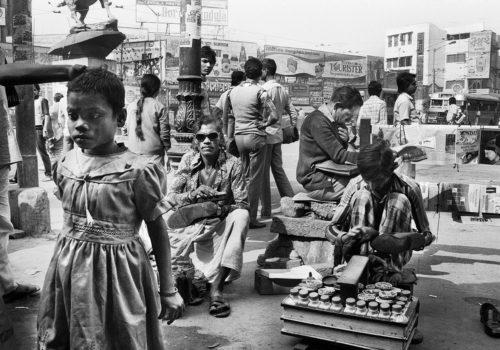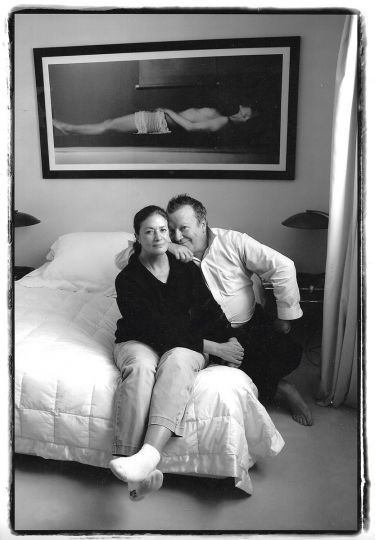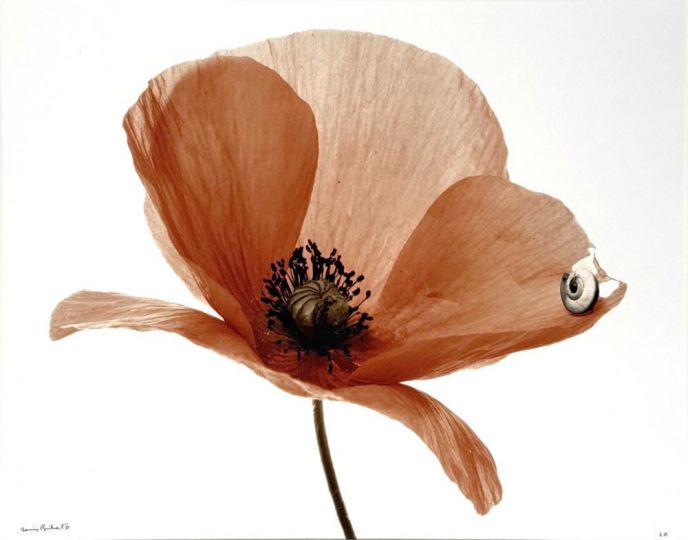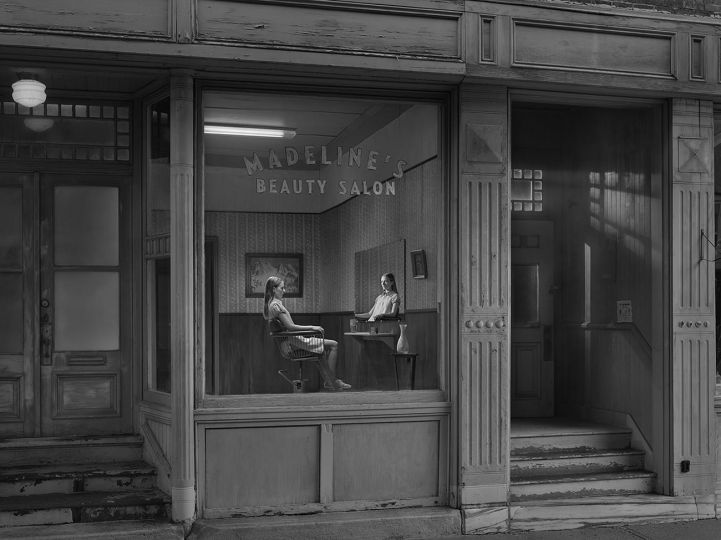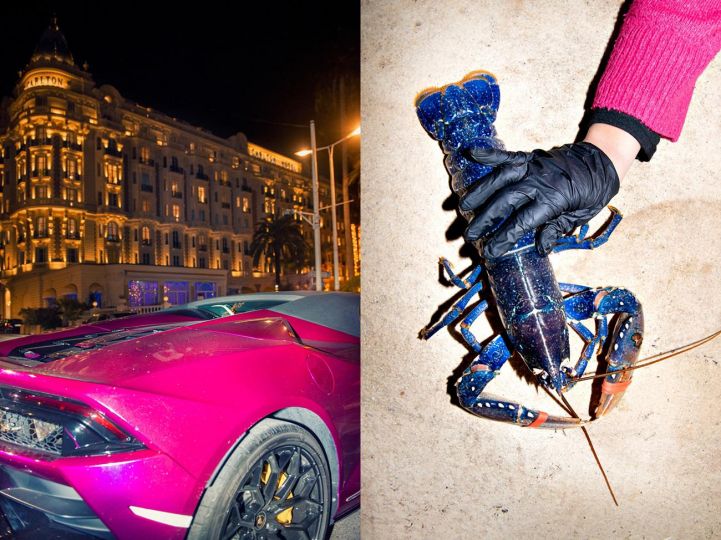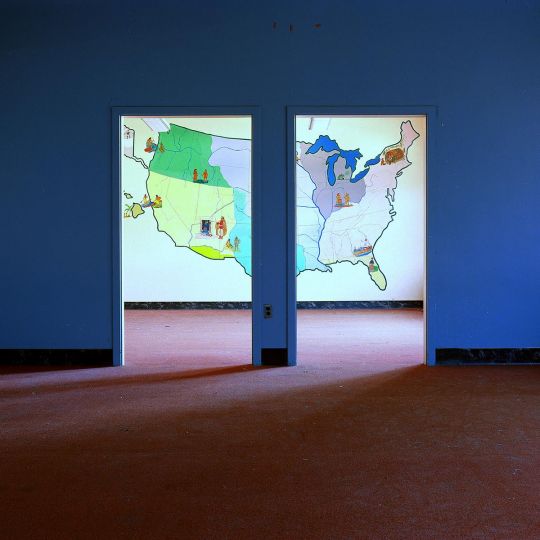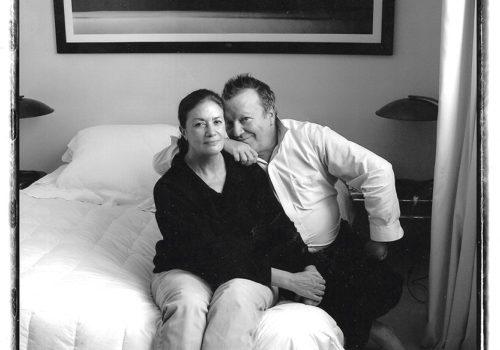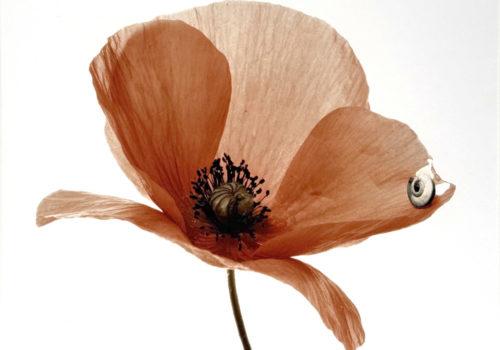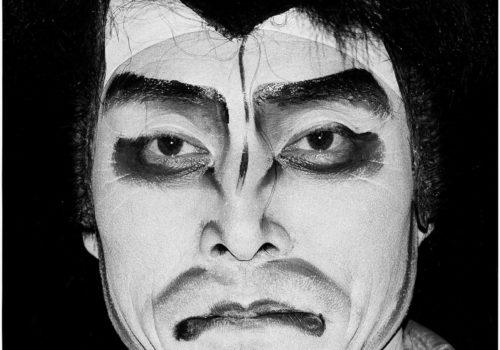Last weekend in New Delhi took place Indian Art Fair.
On this occasion, the PHOTOINK gallery exhibited 5 Indian photographers that we present to you here!
Celebrating a century of looking at the world through images, PHOTOINK’s eclectic presentation encompasses pictorialist photographs from the 1920s, classical B&W street photography, street photographs in colour made with an iPhone, industrial photography, intricately constructed tableaus mixing photography, sculpture, puppetry and drawing, re-photographed images from films, reconfigured and painted vernacular photographs, and images made using AI (Artificial Intelligence) systems in 2022. Comprising selections from the work of 10 artists, the multifaceted presentation graphs the changing relationship of images to what we call reality through the course of a long century, bringing us up to a critical juncture where photography’s ontological connection to the physical visible world is in question. Diverse as they are, the selections from the work of 10 artists are a testament to the power and fascination of the medium of photography as well as its ability to take on various guises and continue to morph infinitely with reference to the changing times.
A forgotten pictorialist, Ruliaram Roopchand Bharadwaj’s uncommon mastery in controlling natural light to create moody, atmospheric photographs of clouds, trees and plants in 1920s India talks to Farheen Fatima’s poignant posed portraits of friends amidst nature and photographs from their family albums on which she paints, connected through her interest in the gardens of Chandigarh. Juxtaposed with the photographer’s eye contemplating nature’s splendid bounty in two different centuries is the industrial work from two of India’s finest photographers, Madan Mahatta and Ahmed Ali. Offering a fascinating historical record of industry and labour from the 1950s to the 1970s as part of the process of nation-building of a young democracy, Mahatta’s images of grand industrial spaces where labouring bodies are dwarfed by machinery are offset by Ali’s absorbing portraits of the newly empowered post-independence woman in her industrial workspace.
Moving away from the regulated spaces of the factory, Raghu Rai’s inimitable, socially-grounded eye harnesses the chaotic dramaturgy of the street in sharp monochrome, while Ketaki Sheth, having made the leap into digital and colour, uses her iPhone like a note-making device on her walks along Marine Drive, the capricious blue-black sea and sky at night functioning like changing studio backdrops against which the city and its people get on with their lives.
From the street we step into Roger Ballen’s edgy, fantastical psychoscapes through a story, told in oppressively sharp black-and-white photographs, following the life of a part-human, part-animal creature who lives an isolated life outside of mainstream society. In dialogue with Roger the Rat, are the AI-generated images of Prateek Arora that construct a fictional world in Old Delhi via VFX-heavy genre cinema, particularly science fiction and horror, and other aspects of popular culture. Marking the teetering moment of photography’s tryst with nascent AI imaging technologies that aspire to the photo-real, the figures in Prateek’s fantasy are hyphenated humans whose eyes are a bit off, the fingers are crooked, shadows are skewed and the reflections make no sense.
In contrast to the act of making images, two of PHOTOINK’s artists mine repositories of pre-existing imagery, both personal and public, ranging from the family album to world cinema tapping into cultural and historical imaginaries, playing with archetypes and tropes, and interrogating institutions and ideas, from the family, religion, state and history to notions of landscape and portraiture. Yashna Kaul’s collages use her father’s photographs to understand his experience with early onset of Alzheimer’s, piecing together scenes he photographed during family vacations. There is a telling absence of her own image in her work which speaks to a conflicted family history, especially the unspoken issues of polygamy and estrangement. Offering a media archaeology in practice, Madhuban Mitra and Manas Bhattacharya re-photograph films, bringing together dramatically different aspect ratios and formats, different colour processes, films played back on TV, tape and disc to reference the infinite traffic of images from one medium to the next, and build a pictorial history of imaging and imagining the world in the 20th century.
Galerie PHOTOINK
A-4 Green Avenue Street
Off Green Avenue
Vasant Kunj, New Delhi 110070, INDIA
Tel: +91 11 4300 8402
www.photoink.net

